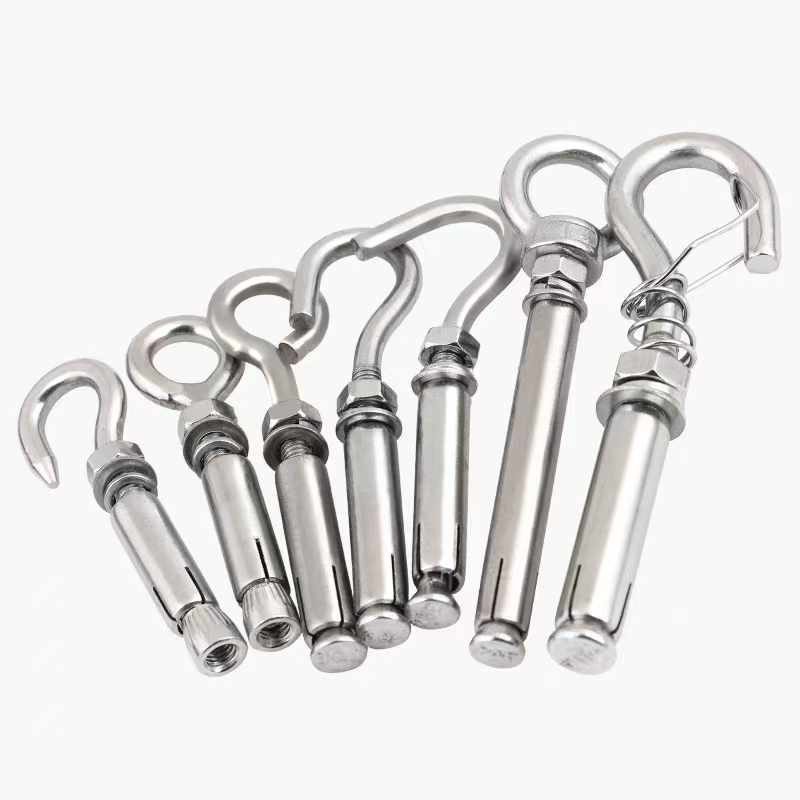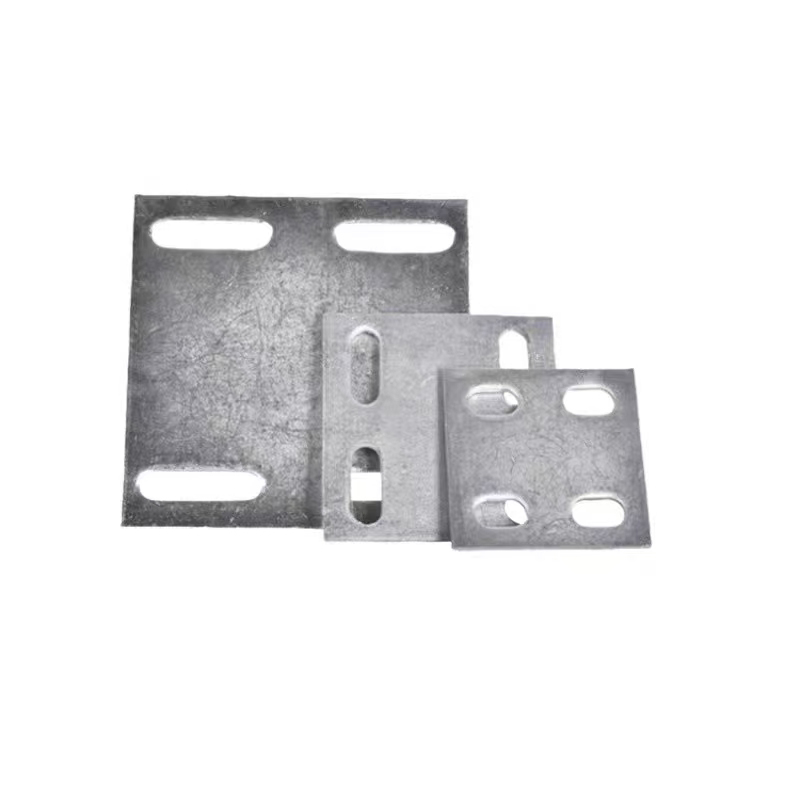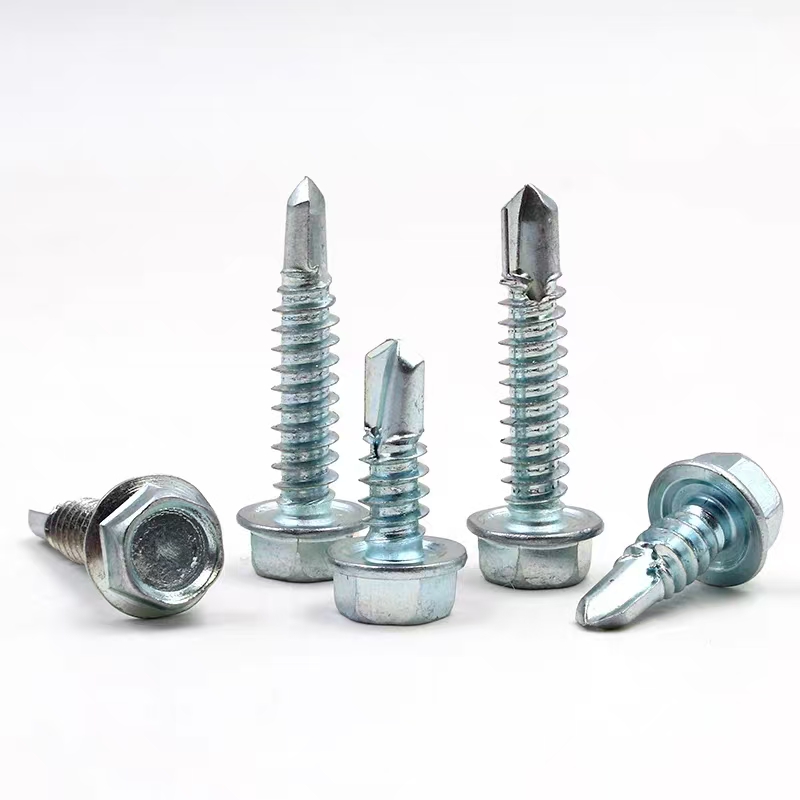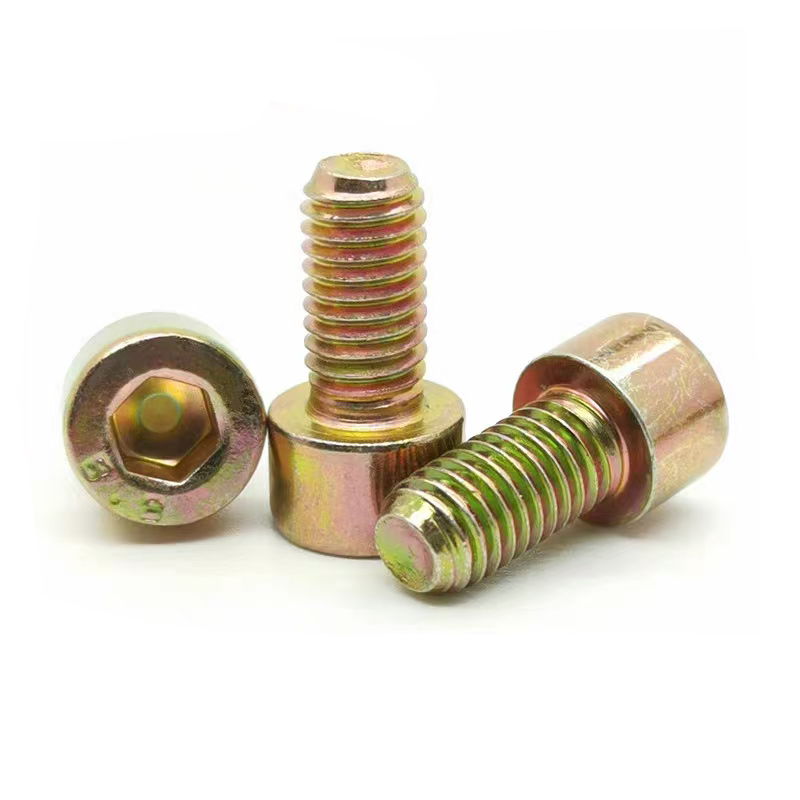- Chinese
- French
- German
- Portuguese
- Spanish
- Russian
- Japanese
- Korean
- Arabic
- Irish
- Greek
- Turkish
- Italian
- Danish
- Romanian
- Indonesian
- Czech
- Afrikaans
- Swedish
- Polish
- Basque
- Catalan
- Esperanto
- Hindi
- Lao
- Albanian
- Amharic
- Armenian
- Azerbaijani
- Belarusian
- Bengali
- Bosnian
- Bulgarian
- Cebuano
- Chichewa
- Corsican
- Croatian
- Dutch
- Estonian
- Filipino
- Finnish
- Frisian
- Galician
- Georgian
- Gujarati
- Haitian
- Hausa
- Hawaiian
- Hebrew
- Hmong
- Hungarian
- Icelandic
- Igbo
- Javanese
- Kannada
- Kazakh
- Khmer
- Kurdish
- Kyrgyz
- Latin
- Latvian
- Lithuanian
- Luxembou..
- Macedonian
- Malagasy
- Malay
- Malayalam
- Maltese
- Maori
- Marathi
- Mongolian
- Burmese
- Nepali
- Norwegian
- Pashto
- Persian
- Punjabi
- Serbian
- Sesotho
- Sinhala
- Slovak
- Slovenian
- Somali
- Samoan
- Scots Gaelic
- Shona
- Sindhi
- Sundanese
- Swahili
- Tajik
- Tamil
- Telugu
- Thai
- Ukrainian
- Urdu
- Uzbek
- Vietnamese
- Welsh
- Xhosa
- Yiddish
- Yoruba
- Zulu
- Kinyarwanda
- Tatar
- Oriya
- Turkmen
- Uyghur

nut doesn t fit bolt
Why Your Nut Doesn’t Fit the Bolt: Common Mistakes and How to Avoid Them
Sometimes, the simplest tasks unfold into frustrating dilemmas. Take this: a nut fails to fit a bolt. It’s a classic issue in the world of fasteners. But why does it happen? Here’s a glimpse into the common pitfalls and how industry professionals navigate them.
Understanding the Thread Standards
First thing's first, you have to understand that not all threads are created equal. Fasteners, widely used in construction and manufacturing, adhere to specific standards like metric or imperial threads. Misidentifying these can lead to mismatches—it's easier to do this than one might think. Handan Zitai Fastener Manufacturing Co., Ltd., a major player in China’s fastener industry, knows this all too well.
The company’s location in Yongnian District, near key transportation routes like the Beijing-Shenzhen Expressway, gives it strategic access to materials and skilled labor. Yet, even with such resources, precision is paramount. Any lapse in paying attention to thread type can result in a costly mismatch.
When I first joined the industry, I underestimated the importance of double-checking these standards. One slight oversight—using the wrong thread gauge—taught me a lesson that stuck.
Handling Material and Size Variations
Then, there’s the question of material compatibility. Selecting the right nut and bolt isn’t just about fit and thread. We also deal with different materials—steel, brass, aluminum—which can influence fastening performance.
For instance, combining a steel bolt with a brass nut might seem benign. However, differences in tensile strength and corrosion resistance can lead to failure. Handan Zitai, through extensive testing, ensures material compatibility for projects. This is something I suffered from, having had to redo a widget assembly because of ignoring the galvanic corrosion between dissimilar metals.
Now when I inspect fastener selections, the material composition is a front-and-center consideration. There’s no room for assumptions.
The Impact of Manufacturing Tolerances
Every assembly line knows tolerances like the back of their hand—or they should. The manufacturing process is never perfect; tolerances dictate slight variations in size that can affect fit.
A few micrometers off, and you’re stuck with a nut that just won’t align with its bolt. Handan Zitai's state-of-the-art facilities, benefiting from convenient transport routes like the National Highway 107, leverage precision machining to minimize such risks.
I remember an early project where overlooking the tolerances led to an entire batch of useless brackets. That experience highlights the critical role of stringent quality checks.
Tools and Techniques Matter
Another silent culprit is improper tooling. A perfectly matched nut and bolt can still refuse to cooperate if torqued incorrectly. Using the wrong wrench size—or even overtightening—can damage the threads beyond salvage.
Handan Zitai frequently updates its tool inventory to keep up with technological advancements, providing their team with precise and efficient options—something I appreciate firsthand. Early on, the misuse of a spanner taught me the value of proper hand tools.
Now, I always emphasize to newcomers the significance of matching tools to the task at hand. It's these nuances that differentiate a successful operation from a frustrating one.
Industry Insights and Continuous Learning
In the fast-paced realm of manufacturing, continuous learning isn’t just beneficial; it’s necessary. Conferences, workshops, and factory visits—like those offered by Handan Zitai—open new vistas into best practices and innovations.
The company’s strategic position in China’s main standard part production hub makes it an epicenter for new developments. Staying abreast of industry shifts has immensely helped me sharpen my troubleshooting skills and broaden my knowledge.
In sum, when it comes to issues like a nut that just doesn’t fit, the devil is in the details. Understanding threads, material compatibility, tolerances, and tool use can transform problems into precision. And through continuous learning and adaptation, we refine our expertise, aligning every nut to its bolt seamlessly.
Related products
Related products
Best selling products
Best selling products-
 Hot-dip galvanized chemical bolts
Hot-dip galvanized chemical bolts -
 Welded plate anchor (welded plate anchor bolt)
Welded plate anchor (welded plate anchor bolt) -
 Electroplated galvanized flange nut (flange face nut)
Electroplated galvanized flange nut (flange face nut) -
 Anti-loosening nut (locking nut)
Anti-loosening nut (locking nut) -
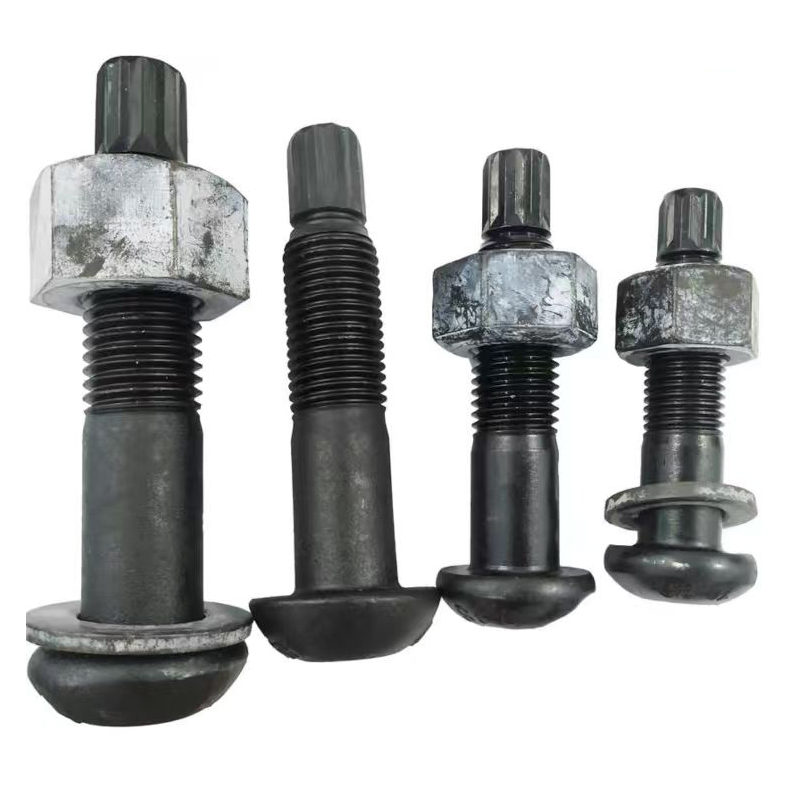 10.9S Torsion Shear Bolts
10.9S Torsion Shear Bolts -
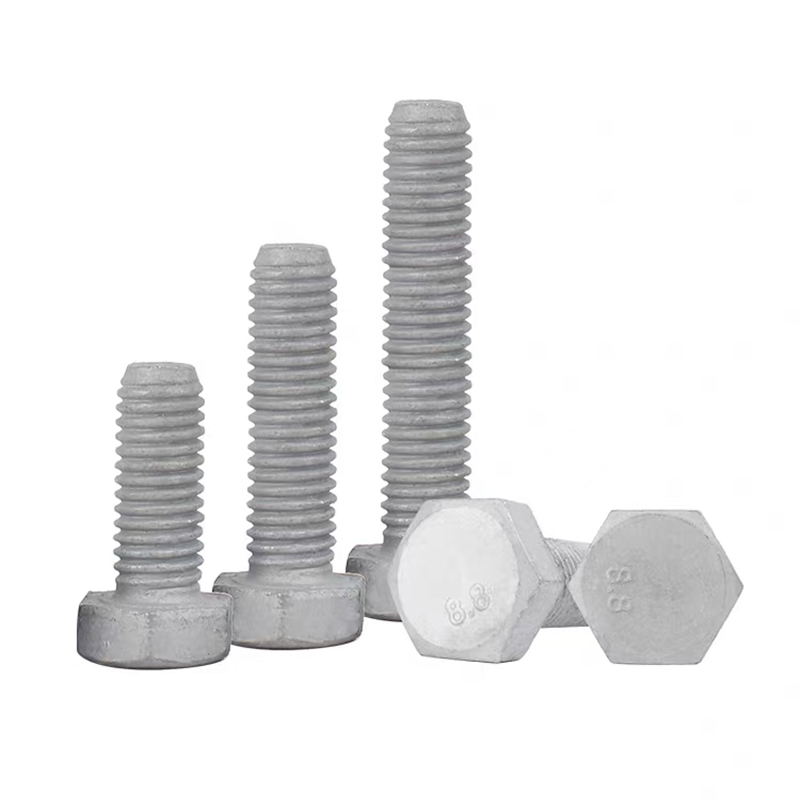 Hot-dip galvanized hexagonal bolts
Hot-dip galvanized hexagonal bolts -
 Hexagon socket hot-dip galvanized bolts
Hexagon socket hot-dip galvanized bolts -
 Electro-galvanized countersunk cross bolts
Electro-galvanized countersunk cross bolts -
 Electroplated zinc flange bolts
Electroplated zinc flange bolts -
 Colored zinc flange bolts
Colored zinc flange bolts -
 Colored zinc-plated gaskets
Colored zinc-plated gaskets -
 Black zinc plated countersunk cross bolts
Black zinc plated countersunk cross bolts



